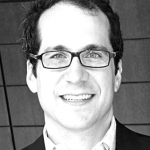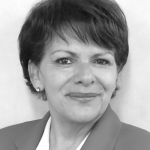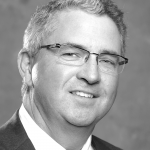Square Deal
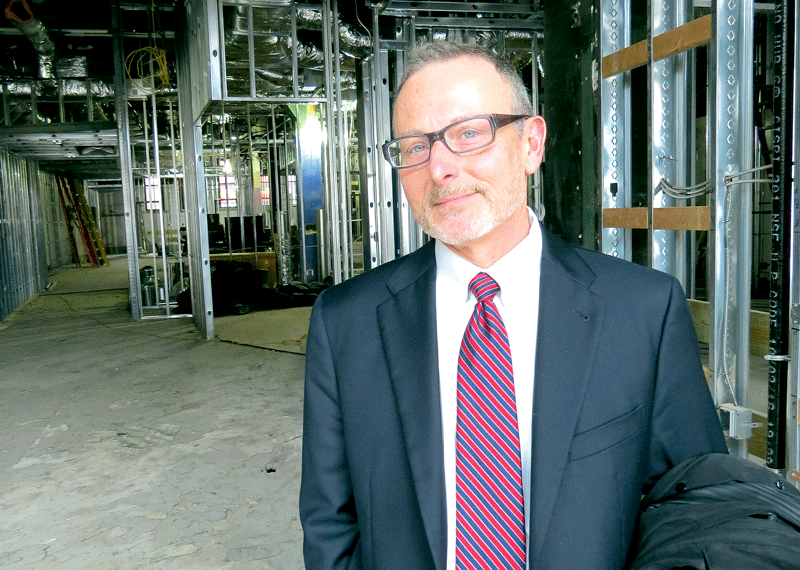
Jay Minkarah stands inside the innovation center now under construction on Bridge Street.
Webster defines momentum this way, among others: ‘capacity for progressive development’ and ‘forward movement.’ Those phrases certainly describe what’s being seen and heard in the Stearns Square area of Springfield, where a project blueprinted to be catalytic in nature, the Innovation Center now taking shape on Bridge Street, has been exactly that.
Katie Allan Zobel was talking about life on the 25th floor of Tower Square, and comparing and contrasting it with that in the new offices for the Community Foundation of Western Mass., which she serves as executive director, on the first floor on Bridge Street.
She was qualifying the dramatic change from being more than 250 feet above what’s going on and looking down upon it, literally speaking, to being a big part of what’s going on.
“The views from up in the tower … they’re incredible, but it’s like looking at a postcard of the city,” she explained, while being courteous and quite respectful to her long-time landlord, MassMutual. “Here on Bridge Street, we’re actually in the picture; we’re in the middle of the picture.”
And with that, knowingly or unknowingly, she summed up perfectly the broad strategy — putting more people and businesses in the picture — behind ongoing and quite ambitious plans to revitalize the area the Community Foundation is now in the middle of and can see so clearly out the huge windows facing north from its suite of offices.
It used to be called the Entertainment District, and some still call it that, although the goal is to make it much more. It’s also called Stearns Square, because that 130-year-old park and gathering spot sits in the middle of it and in many ways defines it. And it has another name these days — the TDI District. That’s short for Transformative Development Initiative district, a name contrived by MassDevelopment to describe what this particular program within its portfolio is and does. (We’ll get to that shortly.)

Katie Allan Zobel’s office within the Community Foundation’s suite on Bridge Street offers a commanding view of Stearns Square.
It had another name, too. Well, sort of. This area was considered part of what was sometimes referred to as the ‘blast zone’ — the area impacted by the November 2012 natural-gas explosion. And that’s where, in many respects, this story begins, or at least where it gained a huge amount of momentum.
Indeed, in the wake of that blast, a study was commissioned to identify paths to recovery and progress. One of the key components of that document was a revitalization strategy for the Entertainment District, and thankfully, this plan had a different fate than many that came before it.
“It’s a cliché to say it, but many plans were created to sit on a shelf,” said Jay Minkarah, executive director of DevelopSpringfield, another huge player in this saga. “This is actually one of the best examples I’ve seen of a plan really advancing a strategy.”
In broad terms, the plan called for a catalytic project to spur other investments, and it got one when DevelopSpringfield, Valley Venture Mentors, MassMutual, MassDevelopment, and other players came together around plans to create an ambitious innovation center in a group of tired, long-neglected properties in the Bridge Street area known collectively as the Trinity Block.
The plan also called for a number of public and quasi-public entities to make investments in the area to stimulate activity, and several are doing just that:
• The city will undertake significant improvements to both Stearns Square and nearby Duryea Way, named after brothers Charles and Frank, who built what is considered the first successful gas-engine vehicle on that very spot 125 years ago. And it has also created a restaurant loan program;
• MassDevelopment acquired the former Skyplex property that faces Stearns Square and is moving aggressively toward revitalizing it into a mixed-use facility; and
• The Springfield Business Improvement District is, among other things, building upon a portfolio of events and programming designed to bring people into the downtown and the TDI District.
According to the plan, these investments would eventually encourage the private sector to make similar investments and create still more momentum. And that’s happening as well. In addition to the Community Foundation, the staffing agency United Personnel, which had moved into space on Bridge Street, is said to be looking for more. Meanwhile, serial entrepreneur Delcie Bean will create a café, Ground Up, in the Innovation Center, and the Women’s Fund of Western Mass. has already moved into space there.
“We’re trying to create a truly vibrant mixed-use urban district that supports the development of an entrepreneurial and innovation ecosystem for the purpose of advancing Springfield’s economy,” Minkarah said. “That’s what this is all about.”
For this issue, BusinessWest takes an in-depth look at the scene unfolding within the TDI District, how an ambitious plan came together, and what can likely happen next in this historic section of Springfield.
Center of Attention
Evan Plotkin says his travels have taken him all across Europe, and they’ve given some insight into what the Stearns Square area can become, and some inspiration as well — not that he really needed more.
Plotkin, president of NAI Plotkin, doesn’t expect that district to even approach what St. Mark’s Square and Plaza Mayor are to Venice and Madrid, respectively — millions visit those attractions each year — but he told BusinessWest that it can emulate those landmarks in the sense that they are the very heart of those cities and centers for dining, tourism, business, and pride.
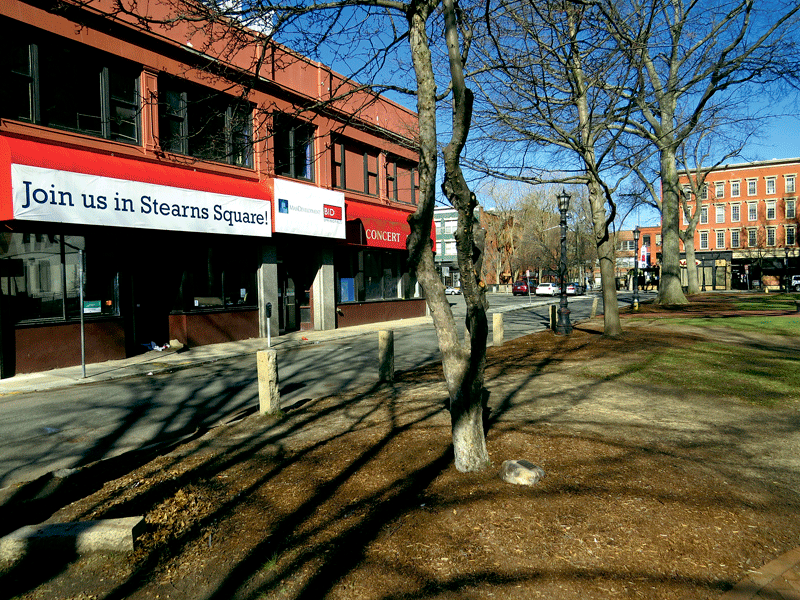
MassDevelopment acquired the former Skyplex building on Stearns Square with the expectation that it will spur additional investments in that area.
“In those cities, you have these beautiful plazas surrounded by businesses and residences; you have the outdoor cafés where people gather, socialize, eat, and drink,” he said. “We can have that right here. Stearns Square can be that; it’s been that.”
Plotkin’s offices are now on the 14th floor at 1350 Main St., also known as One Financial Plaza, where he and some partners own the top 12 floors. But for decades, his business — and, in many ways, his mind — were always on Taylor Street and the Stearns Square area.
His former business address, 41 Taylor St. (now home to a dental office), is where the Duryeas built their motorcar, and Plotkin was the catalyst behind the statue depicting that vehicle that now sits in Duryea Way.
Thus, Plotkin has had a front row seat to more than five decades of change and development in the Stearns Square area, and he and his dog, George, still walk through it almost every day.
“My earliest memories of Stearns Square were from when the fountain was working and this was very well-maintained public space,” he recalled. “There was retail, business, and residential space, and in that respect, it was very much like those European cities.”
In the ’90s, the neighborhood evolved into an entertainment district dominated by a number of nightclubs. Those clubs created a great deal of vibrancy — Plotkin recalls a time when Northampton leaders feared losing visitors to the City of Homes — but, eventually, not the kind that the city was really looking for, he went on, adding that, over the past decade or so, the area has been in general decline, with the population falling and crime rising.
The gas blast was a contributing factor in all this, but it also, as noted earlier, eventually provided the blueprint for a turnaround campaign of the highest order.
And this brings us back to that catalytic project that Minkarah talked about, the innovation center.
In most all respects, the Trinity Block fits squarely into the profile, and the mission of DevelopSpringfield, which acquires somewhat low-profile properties described with that hard-hitting adjective ‘blighted,’ with the goal of giving them new life.
The row of buildings along Bridge Street certainly fits that description. Once home to everything from a church to a boxing gym, and almost everything in between, the Trinity Block had been mostly vacant and neglected for years, as evidenced by the many holes in the floor and cracks in the marble stairs that Minkarah pointed out as he offered a tour.
In a matter of a few months, though, there will be several dozen people working in the building and many more arriving for various functions or a cup of coffee in the café, said Minkarah, who used the phrase ‘purpose-built space’ to describe what’s happening at the Trinity Block.
And ‘purpose’ comes at many levels. On one, the purpose is to give Valley Venture Mentors larger space with more flexibility, including co-working space for entrepreneurs. On another, level, though, the purpose is to help the area evolve into a dining district through the café’. On still another level, the purpose is to generate foot traffic, vibrancy, and momentum in that section of the city.
“This will be a very active place, and that’s a big part of the goal,” he explained, adding, again, that the goal is to create that mixed-use urban district, with the mix including places to work, start or grow a business, gather, dine, visit, and, yes, live.
This urban lifestyle, or urbanization, if you will, is a growing movement nationwide, said Minkarah, adding that it’s being fueled by the younger generations and especially Millennials, who are attracted to cities and especially walkable ones.
For Springfield to become part of this trend rather than act as spectator while the phenomenon plays out in several other communities, it is critical that it provides what Minkarah calls, alternately, “the experience” and “the opportunity” of attractive urban life.

Public improvements to Stearns Square and Duryea Way (seen here) are designed to stimulate additional private-sector investments in that district.
He was referring specifically to young people looking for a place to launch a business, but he was also talking about individuals seeking a place to live, as well.
“It’s important that you provide an environment that has the kinds of qualities that the younger entrepreneurs are looking for,” he explained, adding that this list includes everything from co-working space to plenty of dining opportunities, to the proverbial ‘things to do.’
And this is virtually the same list that will also attract visitors to this urban district as well.
Motion Science
All this helps explain why, while the innovation center is the centerpiece of progress in the Stearns Square area, it is, as noted, just one of many such pieces.
Indeed, there is a type of symphony of motion, said Kevin Kennedy, Springfield’s chief development officer, and it is creating an upbeat tempo that is certainly necessary.
Union Station is nearly ready to begin the intriguing next act in its nearly 90-year history, following a roughly $90 million renovation. MGM Springfield will be opening its doors in about 16 months. The City Council will soon vote on improvements to Stearns Square and Duryea Way, the Springfield Museums will soon open the new Seuss Museum, and the Springfield Central Cultural District is creating new strategies to connect people to downtown through art. Meanwhile, the BID is building and refining a deep roster of programs and events to bring people into Springfield and compel those who work there to stay well past 5 p.m. (see related story, page 11).
The broad strategy that has emerged, he went on, is to essentially build a bridge, if you will, between the development in the South End (MGM) and the development in the North End (Union Station).
But more than a bridge, the new urban district would be, as Minkarah and others have noted, an innovation and dining district with its own identity.
“The deal was, and this is a very simple deal, to have the folks on the private side make some investments here and do the right things with those investments,” he told BusinessWest. “And those of us on the public side will make some investments as well.”
Those public investments include work within the park and Duryea Way, which should commence later this year. These include new grass, new pavement, sidewalk work, lighting, and more — “everything that can make the area appealing and comfortable.”
They also include an aggressive, $1.5 million loan fund to help prospective restaurateurs, who often struggle with gaining conventional financing, to get initiatives off the ground.
And there are other momentum-building initiatives as well, especially MassDevelopment’s purchase of the former Skyplex property at 8-12 Bridge St., with intentions to inspire further investments in that district.
As Laura Masulis, a TDI fellow assigned by MassDevelopment to the city of Springfield, explained, the equity investment undertaken by the agency is, like the innovation center itself, designed to be a catalyst.
“The point of this program is to identify properties that could act as game changers in these TDI districts across the state,” she said. “And this property could be just that — a game changer in that neighborhood. It’s not just one of eight storefronts in the middle of a block; it’s something that really defines that district.”
Home to a number of clubs over the years, the property has been mostly vacant for years, she went on, adding that, because it was highly unlikely a private developer would step in and undertake the massive renovations needed, MassDevelopment filled that void.
The plan moving forward is to essentially have the building reflect the broad goals for the district — meaning to fill it with dining, entrepreneurship, and art, said Masulis, adding there are negotiations with several potential tenants along these lines.
“We definitely want to have a food component in the building,” she explained. “We see this as an opportunity to have multiple tenants and many different components because of the size of the building.”
A number of potentially attractive options are being considered, she went on, listing everything from restaurants to smaller arts and performance venues to creative retail. “We’re open to different possibilities.”
The sign outside the property at present says “Join us in Stearns Square,” and there are many indications that more businesses and organizations will heed that advice.
Meanwhile, the Naismith building next to Theodores’ on Worthington Street is under new ownership, and plans are emerging for the former Fat Cat lounge across the street and the former dental offices further down Worthington Street.
And such private investments will be the key moving forward, said all those we spoke with, noting that the public-side initiatives are already succeeding in moving the needle in an area that was stagnant for some time.

City officials report considerable interest in many of the vacant storefronts that still dominate Worthington Street (seen here) and Bridge Street.
The Big Picture
As she talked about the circumstances that brought the Community Foundation to that view of Stearns Square out its front windows, Zobel started by talking about the need for more flexibility and visibility through its space.
It had not enough of either in Tower Square, and as its long-term lease was nearing its conclusion, it commenced a search for a location that would remedy that situation, she went on, before taking the discussion in a different direction, one that really gets to the heart of the momentum currently being seen in that area of Springfield.
“We visited all the towers,” she said of a lengthy search led by the brokerage firm Colebrook Realty Group. “But they were not going to afford us visibility. But there was more to it than that; we didn’t really feel as if we were part of the community.
“Finally, I inquired about this block because it seemed like there was potential,” she said, referring to a row of retail storefronts along the south side of Bridge Street. “This had it all, and I couldn’t get over standing in front of this building and looking at the park; it just seemed like we were right here in the community.”
Elaborating, Zobel said she took in all that was going on around this location — a lengthy list that started with the innovation center but also included United Personnel’s move, the elaborate renovations of the Fuller Block and National Public Radio’s relocation there, the Union Station renovations, the city’s planned renovations of the park, MassDevelopment’s purchase of the Skyplex building, the restaurant loan fund, and more — and decided it wanted to be part of that movement.
“I thought ‘OK, this is really compelling,’” she told BusinessWest. “We have the innovation center putting a stake in the ground, we have MassDevelopment putting a stake in the ground … it just felt like we would be part of the revitalization in a very clear, obvious, meaningful way. And that’s why we made this decision — the promise and the potential is real.”
This is that catalytic effect Minkarah was talking about, and all those we spoke with are firm in their belief that the ball is really only beginning to roll in this section of the city.
Indeed, as more people begin to work in the area, as more people attend events at the innovation center, and as more people exiting trains at Union Station create a critical mass of vibrancy in the area, this should generate more businesses to support those individuals, which should, in turn, create more such businesses, which should spur more vibrancy … and so goes the theory.
But, based on what has happened in many other communities in the Northeast, Masulis said, it’s not exactly a theory any more.
She’s seen districts similar to Stearns Square become vibrant new centers of activity in Providence, Cleveland, and a host of other cities. The common denominators in those stories are a strong arts scene, dining, and entrepreneurship, and these are the pieces now coming together in Springfield.
“We’re building on those building blocks,” she said of all the initiatives listed above. “We’re also looking at what strengths we have in that district and in Greater Springfield, and saying, ‘how can we continue to build on what’s there and fill in where the private market is not doing quite as well as we’d like to see it doing?’”
Minkarah agreed, and said the momentum that is gathering is a significant force.
“When you move forward with a catalytic project, or what you believe is a catalytic project, the whole point is to catalyze something and not just sit there in isolation,” he noted. “The fact that we’re seeing other businesses and organizations moving into the district is so encouraging, and it speaks to the strength of the partnership that’s been created to advance this district.”
Age of Enlightenment
Returning to Europe for a moment, again figuratively, Plotkin told BusinessWest that his walks in many cities on that continent would generally take him as far as the last establishment with a light on.
That not-uncommon attitude certainly helps explain the general decline of the Stearns Square area years ago and the broad challenge to achieving overall vibrancy in Springfield.
That would be, simply, to turn more lights on. It’s happening within the Stearns Square area, and there is general consensus that the future of this critical urban district will be brighter in every way.
That’s because more people and institutions will, as Zobel and so many others said, want to be in the middle of the picture.
George O’Brien can be reached at [email protected]



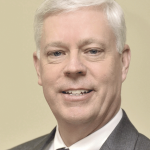
 It’s no secret that hospitals and other healthcare settings are pushing for nurses with higher education levels, but it can be difficult for a working RN, often with plenty of family responsibilities, to go back to school. The RN to BSN
It’s no secret that hospitals and other healthcare settings are pushing for nurses with higher education levels, but it can be difficult for a working RN, often with plenty of family responsibilities, to go back to school. The RN to BSN 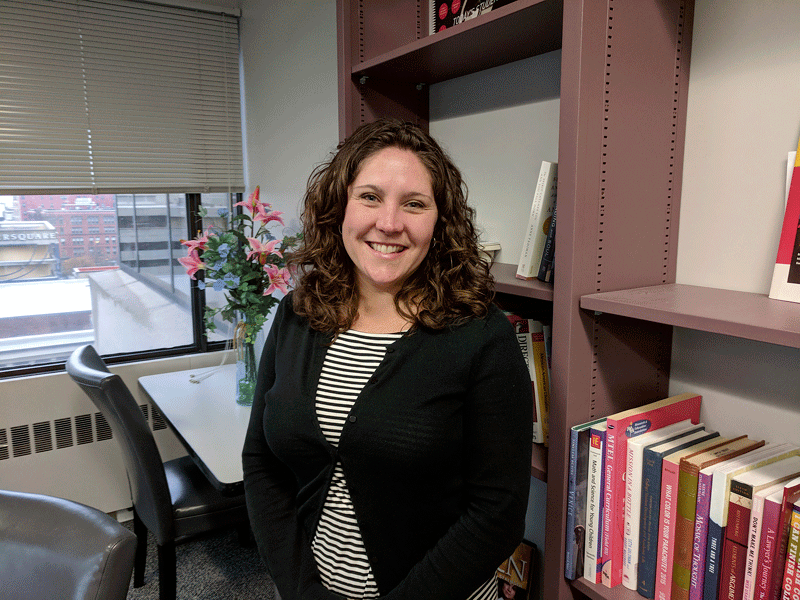
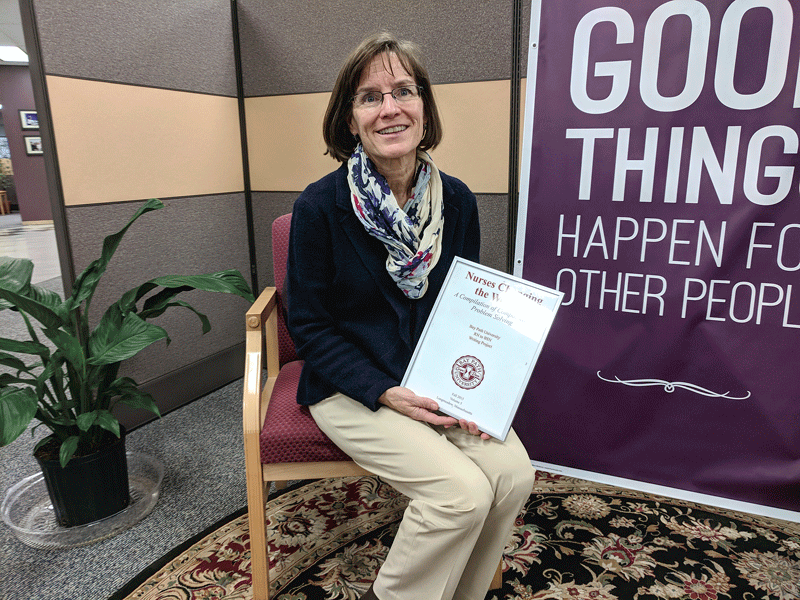

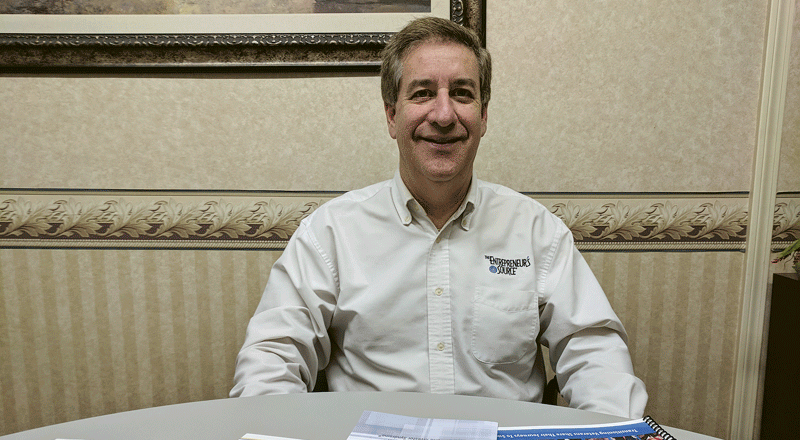

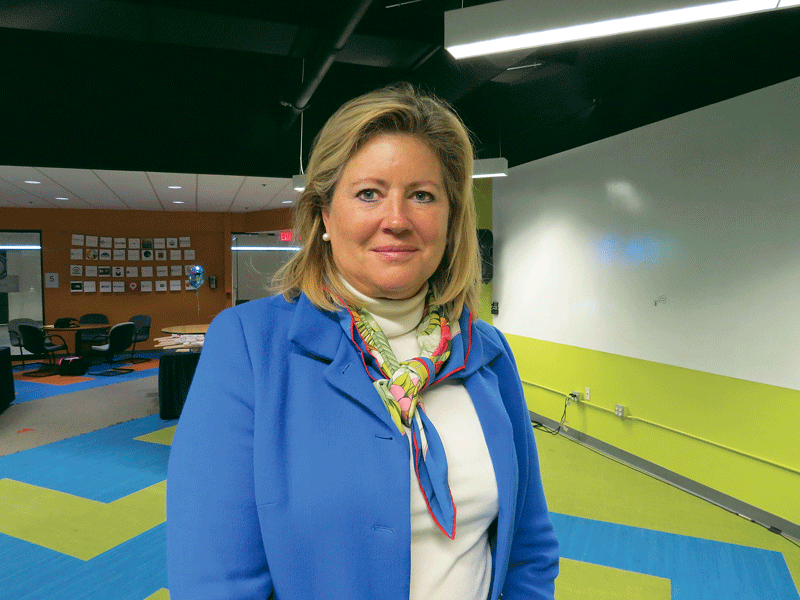
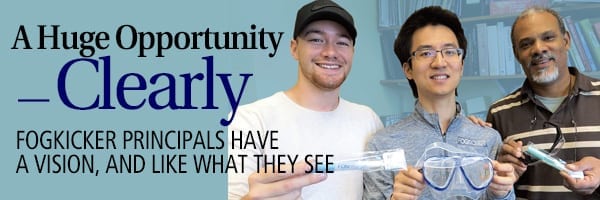
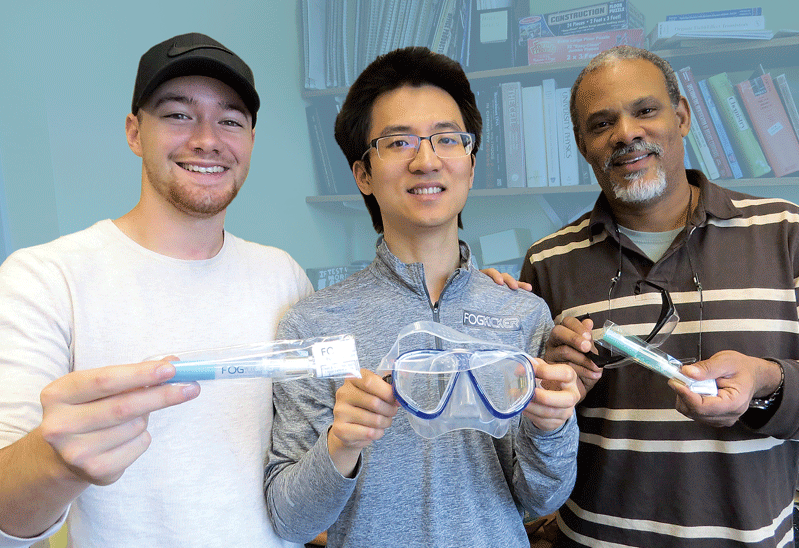

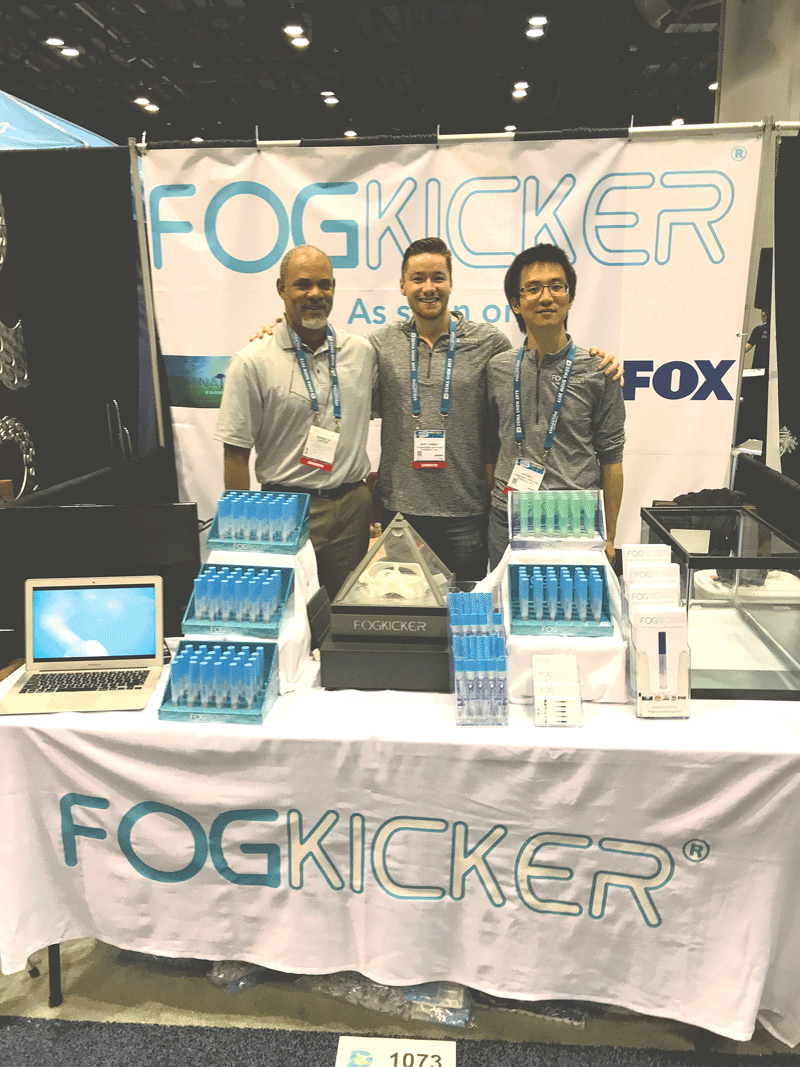
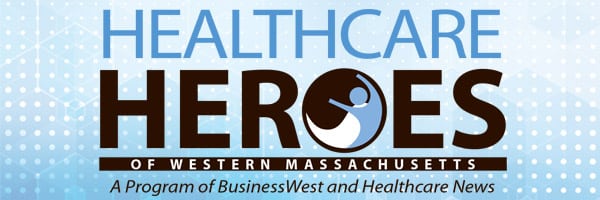
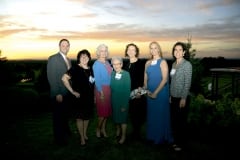

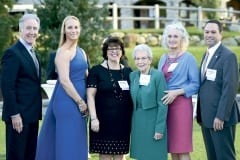
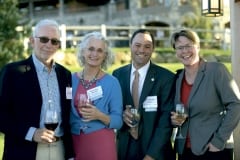
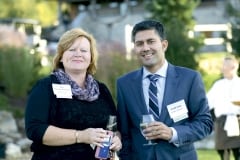
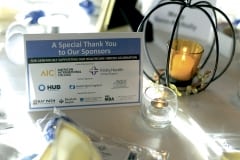
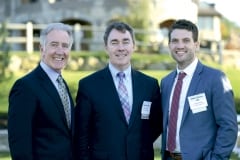

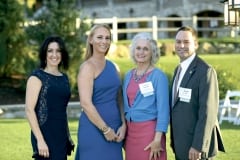


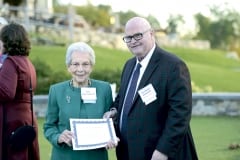

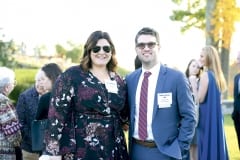





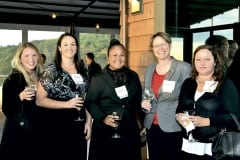
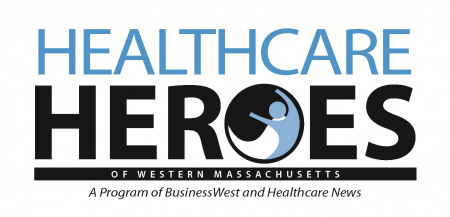 There were more than 70 nominations for the inaugural Healthcare Heroes class, and each one of them was truly worthy of that word ‘hero.’ Each one is to be considered a winner in some respect.
There were more than 70 nominations for the inaugural Healthcare Heroes class, and each one of them was truly worthy of that word ‘hero.’ Each one is to be considered a winner in some respect.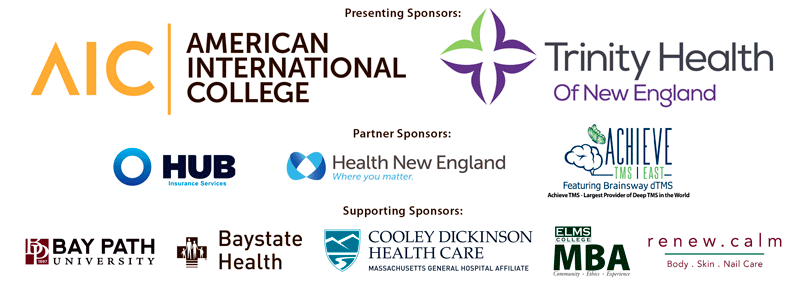
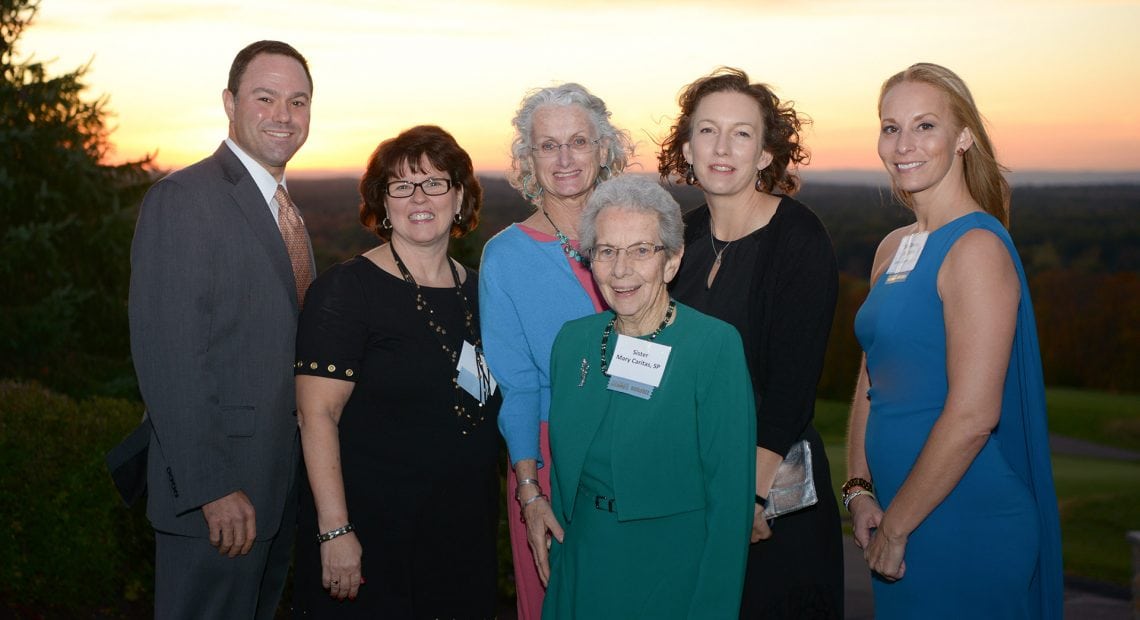
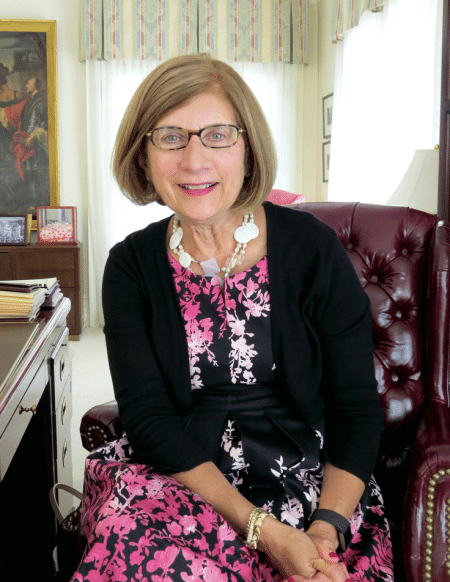
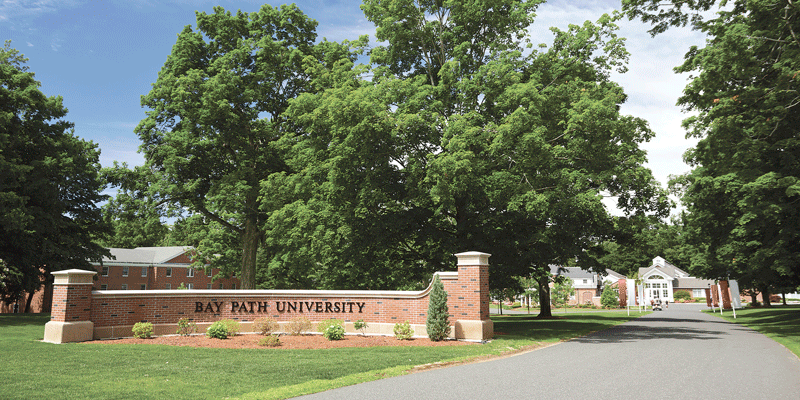
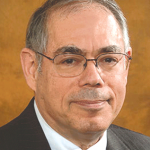
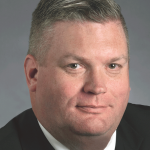

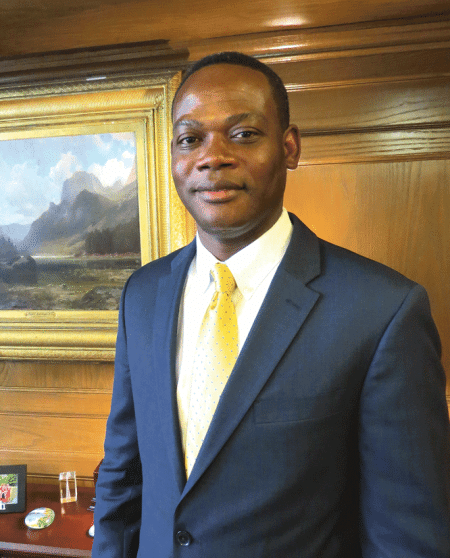




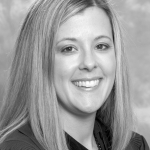
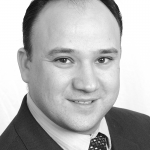

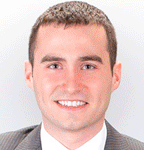




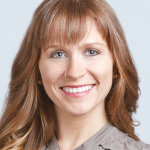


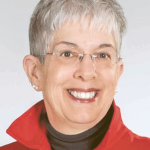
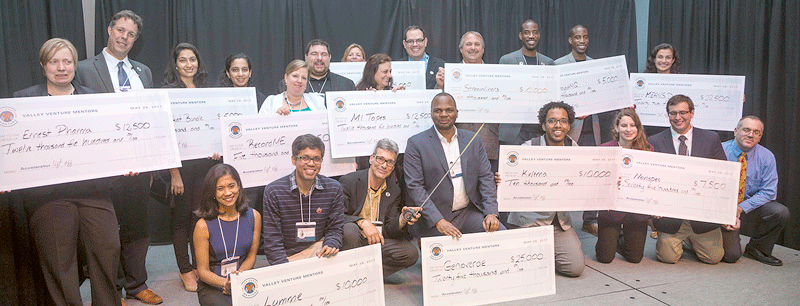
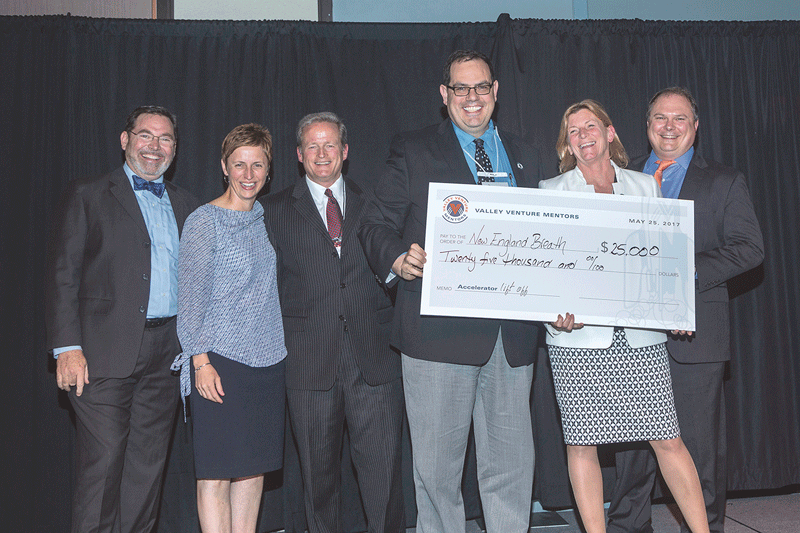



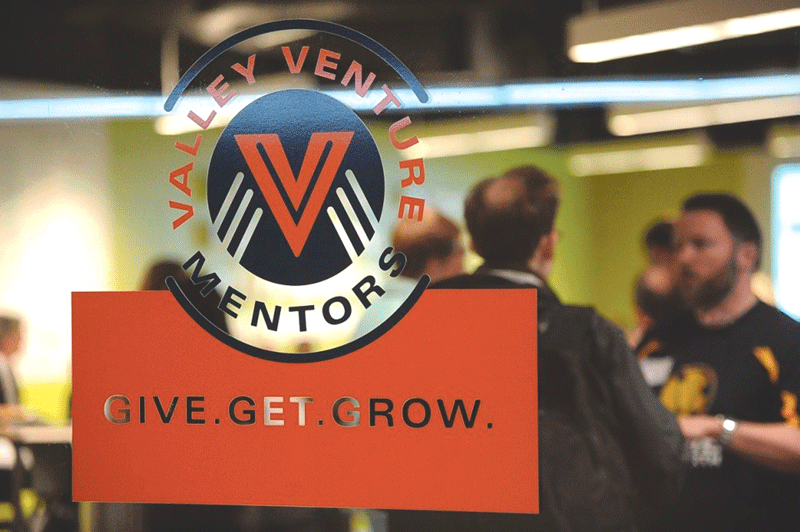

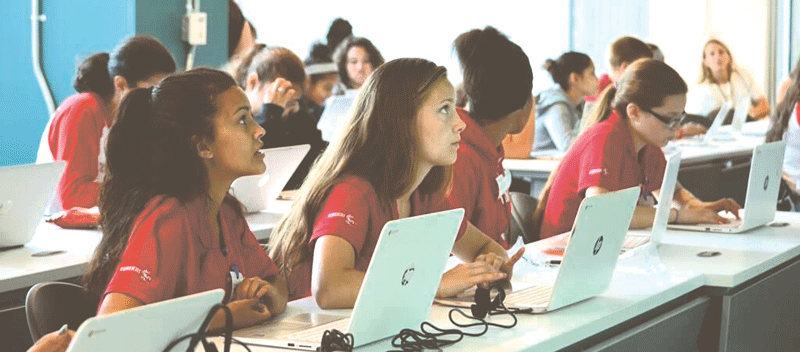 The reach of
The reach of 

